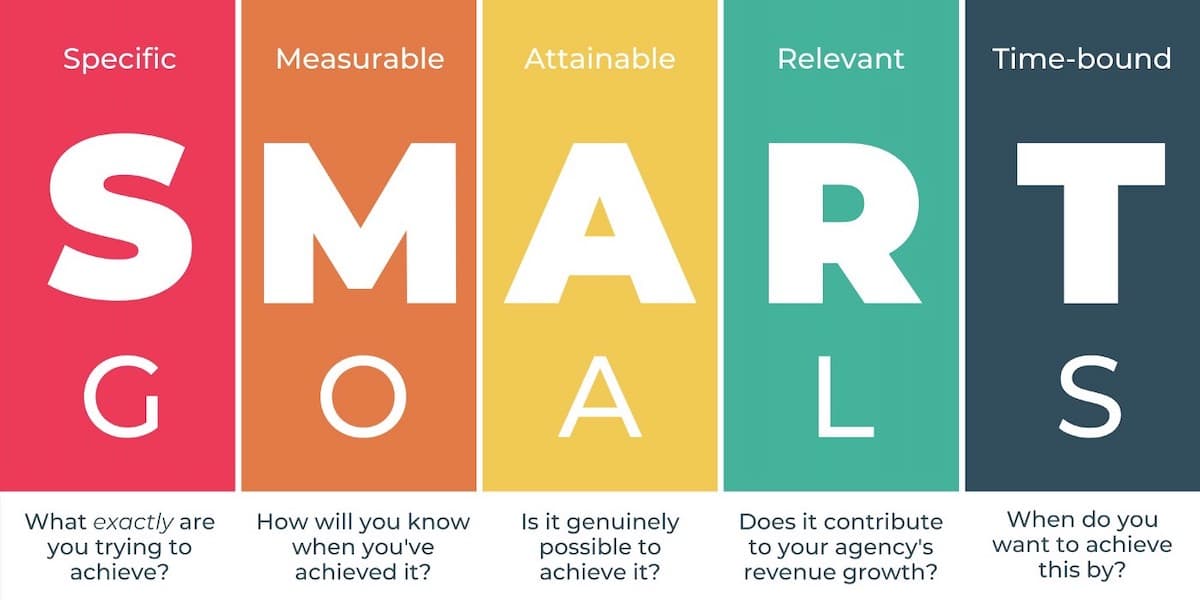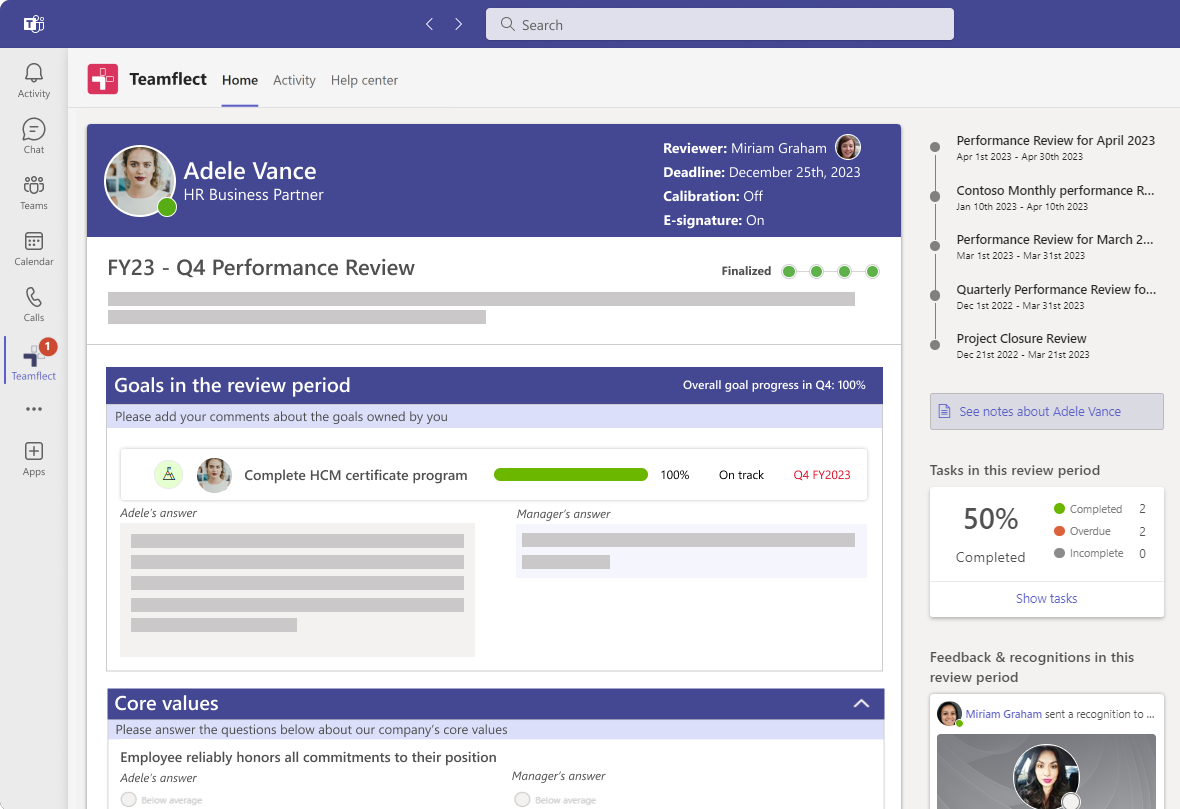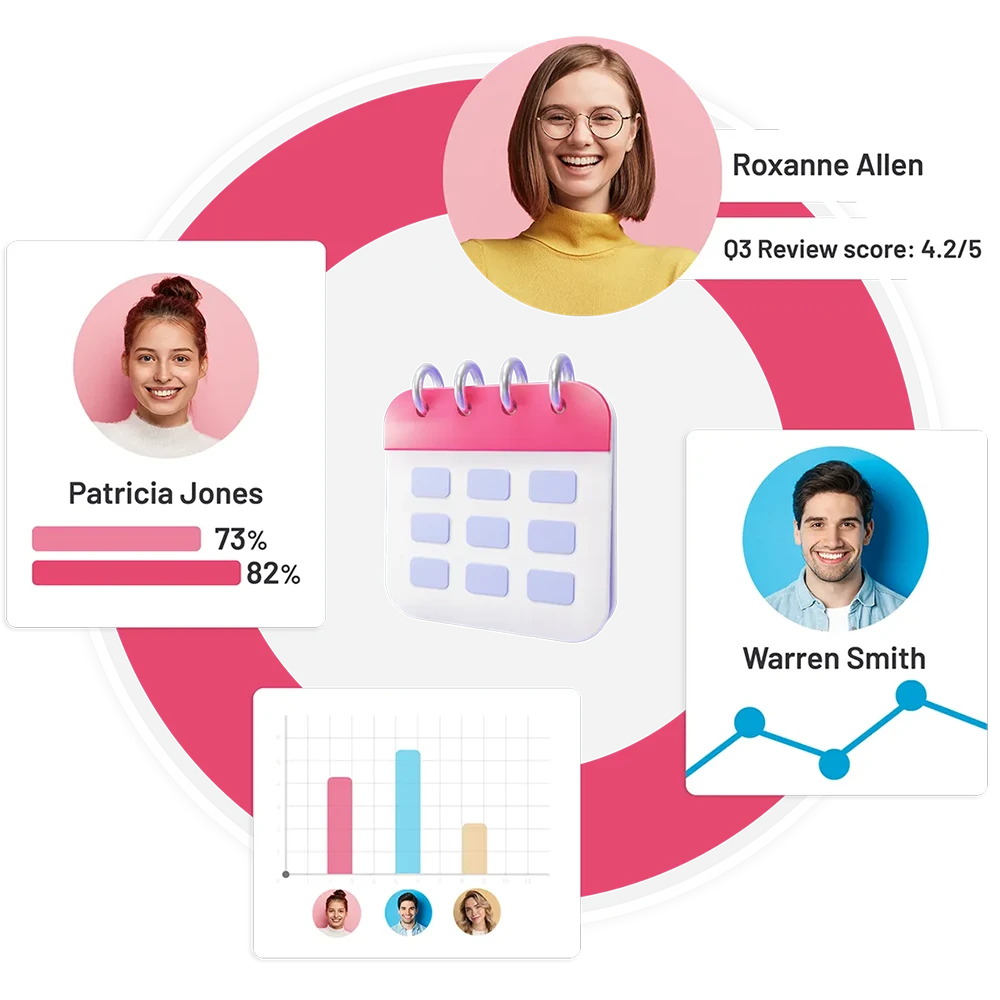👇SCROLL DOWN TO DOWNLOAD A FREE INDIVIDUAL DEVELOPMENT PLAN TEMPLATE👇
The importance of creating individual development plans has never been more prominent than it is now. Why? We are currently living in a post-quiet quitting era.
Workforces have never been more mobile, more prone to turnover, and more willing & able to switch industries than they are now. Recruiting Gen-Z employees and retaining them for extended periods of time are two entirely different topics of discussion.
One of the most important factors that go into boosting employee retention rates is just how much you are willing to invest in your employees. This is where individual development plans truly shine. Investing in your team doesn’t begin and end with paychecks!
One of the best ways you can show that you are invested in the success of your employees is to show that you are willing to help them grow as individuals and professionals.
When you create an individual career development plan, you aren’t just creating a set of tasks and goals for the employee to follow. What you are really doing is giving the following message:
I see a future with you in this organization and I am willing to do whatever it takes to help you grow.
You!
Now, isn’t that something? We are living in a day and age where employees have no default reason to be invested in your organization blindly. The days of people being “Company Men.” are gone. In order for your employees to see a future in your organization, first they need to be sure that you are doing the same.
That is why in this article, we will be discussing the basics of individual development plans (IDP), their benefits, and the core components of an employee development plan. This way, by the time you are done reading this, you will be able to create an individual development plan template of your own.
But you won’t have to! Because we will also provide you with a stunning free individual development plan download link that you can use right away! Let’s get going!
Table of Contents
What is an individual development plan?

To put it simply, an individual development plan is an agreed-upon strategy that outlines an individual’s goals, objectives, and actions for personal and professional growth. Typically crafted together between a manager and their direct report, the individual development plans serve as roadmaps for the career developments of direct reports.
The purpose of an IDP is to help individuals identify their strengths, weaknesses, and areas for improvement. It achieves that purpose by not only setting achievable goals for the individual but also reminding them of all the things they are doing right.
They are made up of four key parts:
- Self-assessment.
- Goal-setting.
- Action plans.
- Progress tracking.
We will go further into detail on just how exactly every one of these four parts functions.
Download a free individual development plan template:

This individual development plan template not only lets you create your own mission statement and map out areas of interest but also lets you set short and long-term goals. The best part is, you can download this individual development template for free! So go ahead, download your free individual development template right here!
How to create an individual development plan?
Before we dive into the specific steps that go into creating individual development plans, it is an absolute must to remind you that each employee development plan template is unique. Why? You guessed correctly. Because each and every one of your employees is unique.
While the steps we will be going over to help you create your professional development plan templates are indeed helpful and necessary, just keep the fact that you might have to customize your IDP templates depending on employees. Either way, here are the steps you should follow when creating an individual development plan:
1. Self-Assessment
You think you know your employees really well. Maybe you do, maybe you don’t. Do you know who knows them better than you do? Themselves!
That is why the first step is to encourage your employees to reflect on themselves. Have open conversations with them about their strengths, weaknesses, and future aspirations. Ask questions that help them gain clarity on their current skillset and areas they want to improve.
2. Setting SMART Goals for Individual Development Plans

Only start goal-setting once you have a clear and complete grasp of your employee’s goals and aspirations. Once you’re there, it’s time to collaborate on setting SMART goals. Work with each employee individually to define specific, measurable, achievable, relevant, and time-bound objectives.
If you have any questions on SMART goal setting, You might want to give our article on 4 Tips for SMART Goals.
3. Identifying Developmental Opportunities
You have an understanding of what your employee wants? Perfect. You’ve corollated with what you need of them? Brilliant. You’ve already set goals? You’re killing it! Now it is time to make sure your employee has the right tools to achieve those goals.
As a leader, you have a wealth of knowledge and resources at your fingertips. Help your employees explore various developmental opportunities. Research and recommend workshops, training programs, industry conferences, or even mentorship programs that align with their identified areas of growth.
Once again, this should be an open discussion where you go over just how these opportunities may benefit your employee and how they can help with the goals you’ve set in your IDP template.
4. Create Your Action Plan
This step is rather self-explanatory, isn’t it? Now that you’ve found out which areas your employee wants to grow in, set goals, and identified how they can grow in those areas, it is time to create a roadmap on how they will be achieving those goals.
Work together with your employees to create a clear action plan for each goal. Break down the goals into actionable steps and determine the resources, support, and timelines needed.
5. Implementation and Tracking
Last but certainly not least, it’s essential to support your employees as they implement their IDPs. Encourage and empower them to take action and provide ongoing feedback and guidance. Regularly check in on their progress, celebrate milestones reached, and address any challenges they may encounter.
You can determine the frequency at which you will be checking in with your employees beforehand. Set a meeting cadance and stick to it. Whether you are conducting daily or weekly check-ins, you should be there to give constructive feedback where needed and give praise when earned.
Performance Appraisals
One of the best areas in which you can integrate individual development plans is performance reviews. Since one of the main goals of a performance review is to help identify areas of improvement and set goals for the upcoming review period, almost all your performance appraisals should end with employee development plans.
That is why you might want to utilize performance review software that lets you integrate development plans into performance appraisals and performance review competencies.
Performance Review Software with Individual Development Plans: Teamflect

Teamflect is the best performance review software for Microsoft Teams. It presents users with an extensive library of customizable performance review templates! Teamflect users can conduct their performance reviews without leaving Teams, integrate individual development plans, and set goals for the upcoming review period!



